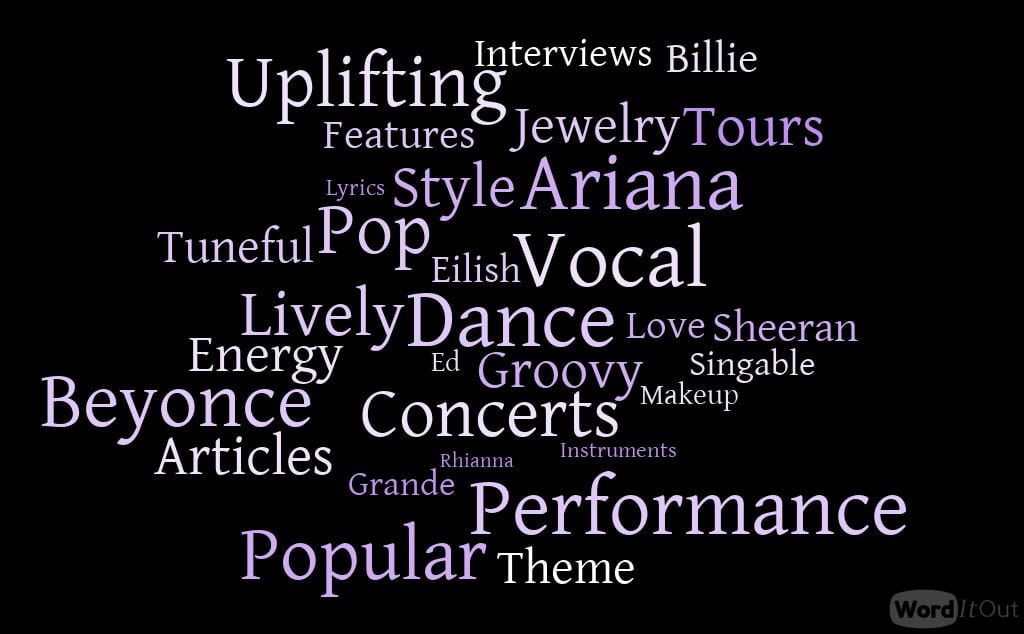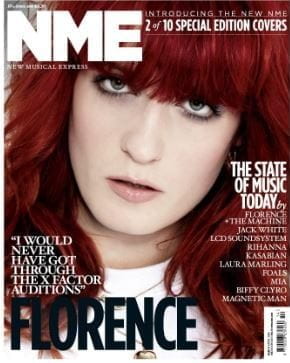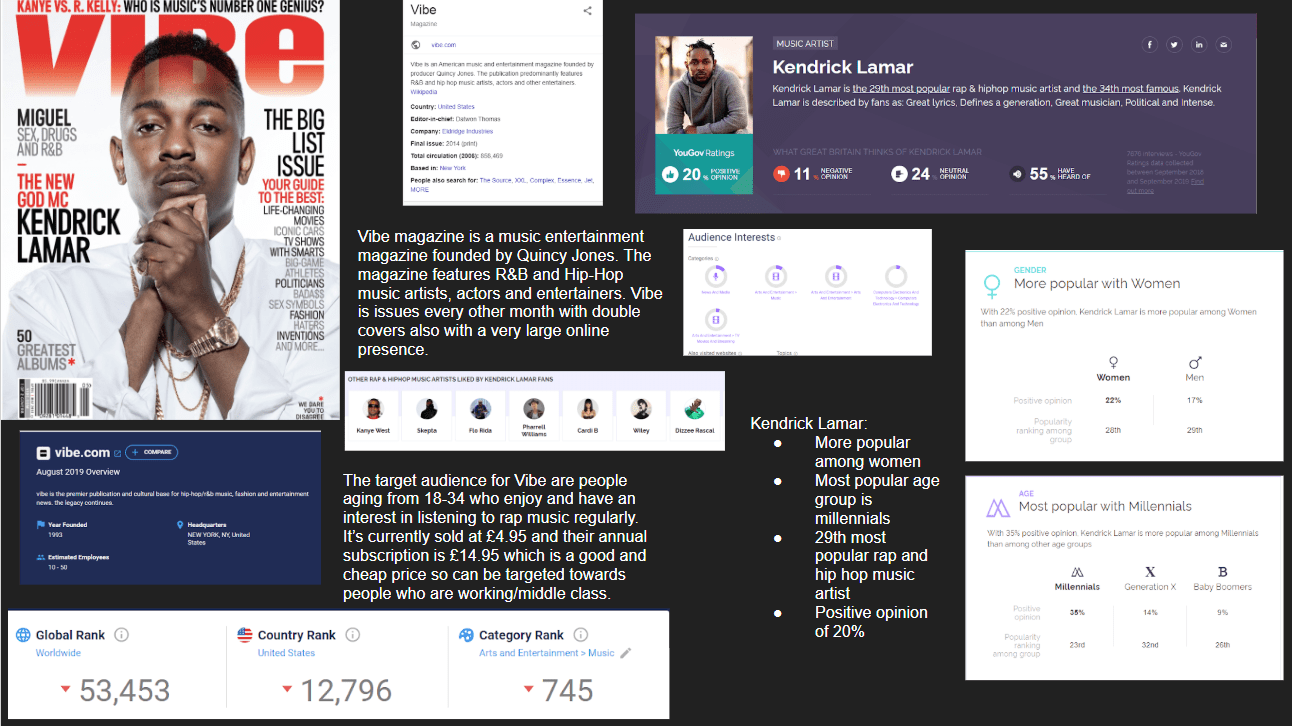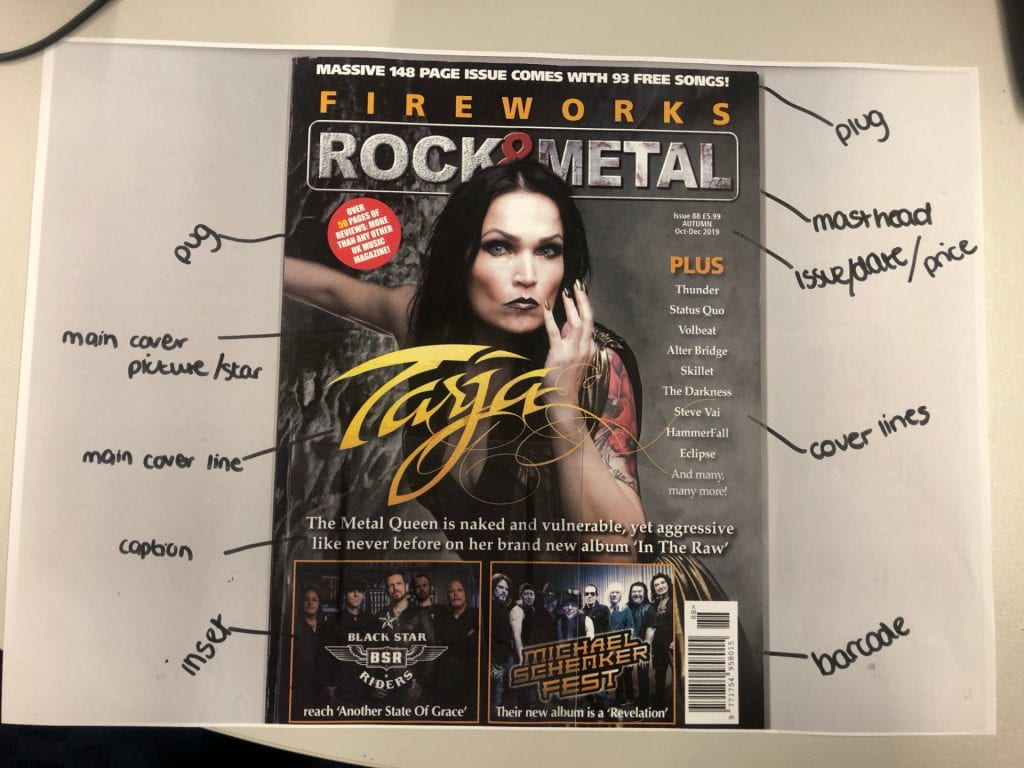For this task, we had to give our ideal audience an image, name, gender, relationship status, groups, status, likes, dislikes and portray it through a dating profile.
I researched into my audience the:
- Demographic- Who you are
- Pyschographic- Your personal ideologies (values, opinions and beliefs)
- Situated Culture- How and where you consume the text
- Cultural Experiences- Your previous cultural understanding and experiences
Here’s my dating profile I created for an example of my audience profile:

In this task, I looked at a number of back issues of Billboard and used YouGov for artists that appeared on those front pages. It has helped me in the production of making my own music magazine because I have discovered what my audience will enjoy seeing and how they will be drawn to the magazine.

A couple of theorists who considered the reasons why an audience would purchase the magazine were Blumler & Katz, who suggested that there were four reasons collectively known as Uses and Gratification. Their theory describes an active audience and suggested four reasons for people to actively seek out and consume media
The Reception Theory is written by Stuart Hall and describes where ideologies meet, meaning is made:
- Producers Ideology (encodes)
- Audience’s (decodes)
Music which is:
- Preferred- audience accepts the values
- Negotiated- audience accepts some of the values
- Oppositional- the audience rejects the values
When focusing on preferred reading in my own magazine I will encode all the elements my audience wants to see on the cover as they will then decode it in order to make my magazine perfect for the target audience and not be the opposite to what they are looking for, therefore not being successful.
After completing these tasks I’ve learnt that it’s important to focus on the target audience in particular because the magazine needs to attract the age group along with the trends that come with them. Also I’ve learnt to focus on the demographics that describe the audience:
- Gender
- Age
- Education
- Occupation
- Marital status
- Cultural background
- What ‘communities’ do they belong to?
- Where do they live, work and play?
Other elements that I have now learnt to think about is their values, attitudes and beliefs they hold about what’s important in their lives and the world around them. This is important to think about for the target to attract the audience as much as possible.









